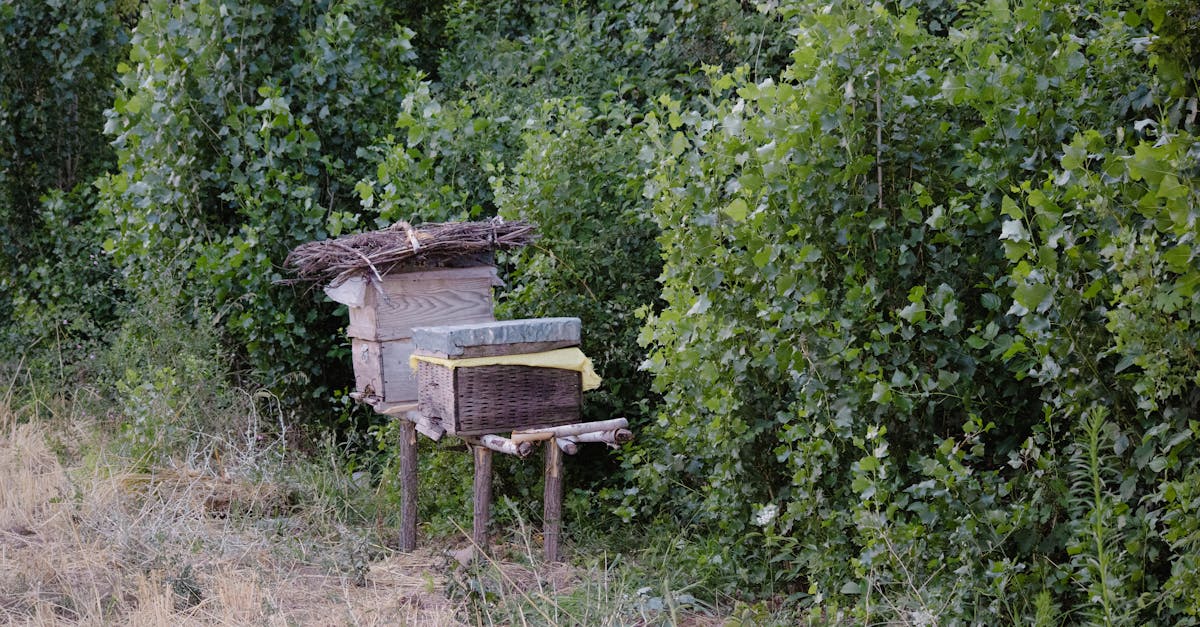A Bug’s Life: More Than Just a Nuisance
Ever wonder why we often overlook the tiny creatures that buzz, crawl, and flutter around us? I’ve been there, swatting away flies and cringing at the sight of spiders. But the reality is, these little critters hold secrets that could revolutionise our approach to medicine. 🐞
It hit me that bugs, often dismissed as pests, have been quietly contributing to medicinal practices for centuries. From ancient Chinese remedies to modern pharmaceutical breakthroughs, insects have played a pivotal role. I for example, never fully appreciated the medicinal potential of bugs until I delved deeper into the subject. What’s fascinating is how these creatures, often seen as mere annoyances, are actually tiny powerhouses of healing.
The Historical Buzz: Bugs in Ancient Medicine
Looking back, it’s safe to say that our ancestors knew a thing or two about natural remedies. In ancient Egypt, honeybees were revered not just for their honey, but for their antibacterial properties. Studies show that honey was used to treat wounds and infections, a practice that continues to this day.
In Traditional Chinese Medicine (TCM), silkworms and ants have been used for their supposed health benefits. I’ve come to realise that these practices were not just based on superstition. Modern science is catching up, validating many of these ancient claims. You might find this helpful if you’re curious about alternative medicine or looking for natural remedies.
The Modern Marvels: Bugs in Contemporary Medicine
Fast forward to today, and the medicinal use of bugs has evolved in fascinating ways. For instance, maggot therapy is a recognised treatment for non-healing wounds. It’s interesting how these larvae, which might make your skin crawl, are actually lifesavers. They clean wounds by eating dead tissue and secreting substances that kill bacteria and promote healing.
Here’s a story that might surprise you: the venom of the Brazilian wasp Polybia paulista has been found to destroy cancer cells while leaving healthy cells unharmed. From my point of view, this is a groundbreaking discovery that could lead to new cancer treatments.
The Science Behind It: Why Bugs?
You might have experienced this: a stubborn wound that just won’t heal. That’s when I realised the incredible potential of maggot therapy. Studies show that maggots can clean wounds more effectively than conventional methods. What’s surprising is how these tiny creatures can do what modern medicine sometimes can’t.
The secret lies in their unique biological makeup. For example, the antimicrobial peptides found in the venom of some insects are being studied for their potential to fight antibiotic-resistant bacteria. It goes to show that nature often has solutions to problems we struggle to solve.
Bugs and Biotechnology: The Future of Medicine
As someone who’s fascinated by biotechnology, I’ve learned that bugs are becoming increasingly important in this field. Take the example of the bacterium Escherichia coli, commonly found in the intestines of humans and animals. This bacterium has been genetically modified to produce insulin, a life-saving treatment for diabetes.
Looking back, it’s amazing to see how far we’ve come. From using bugs in their natural form to manipulating their genetic makeup, the possibilities are endless. You can probably relate to the excitement of seeing science and nature working together to create innovative solutions.
The Benefits: Why You Should Care
You might relate to this: the search for effective, natural treatments. The medicinal use of bugs offers several key benefits:
- Natural and Sustainable: Bugs are a renewable resource. Unlike synthetic drugs, they can be harvested sustainably.
- Cost-Effective: Many insect-based treatments are cheaper to produce than conventional drugs.
- Effective: From wound healing to cancer treatment, bugs have proven their efficacy time and again.
From what I’ve seen, integrating insect-based treatments into mainstream medicine could address many of the challenges we face today, such as antibiotic resistance and the high cost of healthcare.
What You Can Do: Embrace the Buzz
If you’re intrigued by the potential of bugs in medicine, there are several steps you can take:
- Educate Yourself: Read up on the latest research. There’s a wealth of information available online and in scientific journals.
- Try Natural Remedies: Look for products that incorporate insect-derived ingredients. For example, manuka honey is renowned for its antibacterial properties.
- Support Sustainable Practices: Choose products from companies that prioritise sustainability and ethical harvesting.
I’ve been meaning to explore more natural remedies myself, and the medicinal use of bugs is definitely on my list. It’s worth mentioning that while these treatments are promising, they should complement, not replace, conventional medicine. Always consult with a healthcare professional before trying new treatments.
The Final Buzz: Bugs Are Here to Stay
Looking back, it’s clear that bugs have always been a part of our medicinal toolkit, even if we didn’t realise it. From ancient remedies to modern scientific breakthroughs, these tiny creatures have proven their worth time and again. As I see it, the future of medicine will increasingly rely on the natural world, and bugs will play a crucial role in this evolution.
So next time you see a bug, remember: it might just hold the key to a medical breakthrough. 🐜
I’d like to share one last thought: the world of bugs is vast and full of untapped potential. By keeping an open mind and embracing the possibilities, we can unlock new ways to heal and improve our health. What I’ve noticed is that the more we learn about these incredible creatures, the more we realise how much they have to offer.
Let’s dive into this fascinating world together and discover the secret healing properties of bugs. Who knows? You might just find the solution to a health problem you’ve been struggling with. 🌿
[Note: Always consult with a healthcare professional before trying new treatments. This blog post is for informational purposes only and should not be considered medical advice.]












